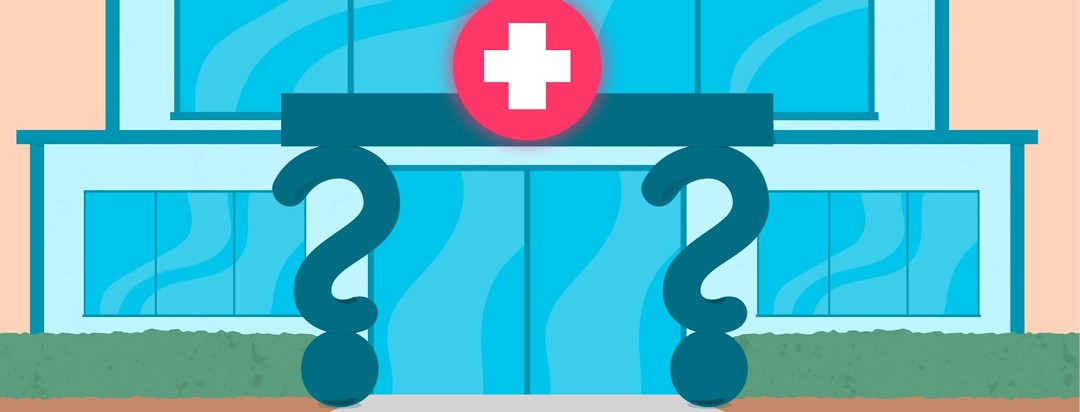What to Expect When Admitted to the Hospital
Getting admitted to the hospital can be incredibly stressful---likely you’re there for a severe illness or surgery. If you’re lucky, you may be there to have a baby!
Hospital stays and type 2 diabetes management
One thing that can add to the stress is the sudden change in your diabetes management plan in the hospital. You may go from checking blood sugars daily at home to three or four checks a day in the hospital. Your management plan may change from using pills at home to insulin shots in the hospital.
These changes can be unnerving. Many folks I meet in the hospital question whether these changes are permanent and worry that their plan will be more intensive going home.
So, I’ll give you the scoop on why changes happen inpatient and what to expect.
Why are blood sugar checks more frequent during hospital stays?
Let’s start with a change in blood sugar checks. It’s pretty typical to have blood sugar checks done four times a day or more in the hospital. There are many reasons for this:
Illness
When you’re critically ill, your body can respond in a number of different ways. Many people see an increase in their blood sugar levels during an illness. Monitoring the blood sugars more closely, at least in the beginning of your stay, helps your medical team see how your blood sugars are responding to your illness, surgery, or treatment plan.
Change in medications
Your usual diabetes medications may not be used in the hospital for a number of different reasons (more on this in Part 2). This means your blood sugars may be more unpredictable until the right combination of medications in the hospital can be used to keep them stable. Thus, more blood sugar checks are needed.
New treatment plans
Your treatment plan may make your blood sugars more difficult to manage. These changes could include the addition of medications like steroids or vasopressors (special medications to keep your blood pressure from dropping too low). Tube feedings and TPN (a special IV formula for nutrition) can cause spikes in blood sugars. Intensive rehabilitation from physical and occupational therapy can cause fluctuations as well.
The goal is to keep your blood sugars between 140-180 mg/dl, especially if you’re critically ill in the intensive care unit. If your blood sugars remain below 180 mg/dl (without having low blood sugars less than 70 mg/dl), then you may be able to get blood sugar checks whittled down to 1-2 times per day.
In the next part of this series, I’ll tackle the medication side of hospital admissions. I’ll highlight why your medications are commonly changed up and when insulin may be started.

Join the conversation